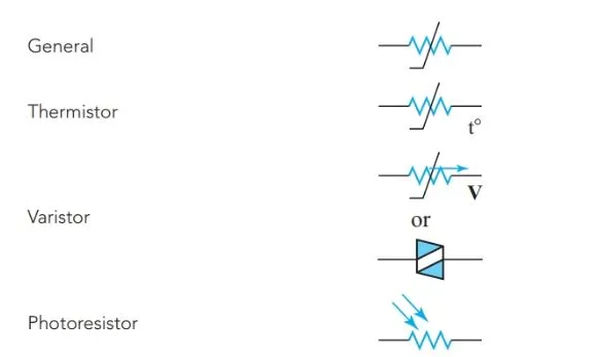A straight line in a plot of current versus voltage indicates a constant resistance for most conductors (see Figure 1). The graph’s slope increases as the resistance decreases.
Definition: A resistor that maintains a constant V/I ratio is a linear resistor.
The temperature of a resistor rises in proportion to the amount of current flowing through it. As the temperature rises, the resistance of most conductors slightly increases.
As a result of this negligible variation in resistance over the temperature ranges of operation for most circuits, common conductor materials like copper and aluminum are often considered to be linear resistors.
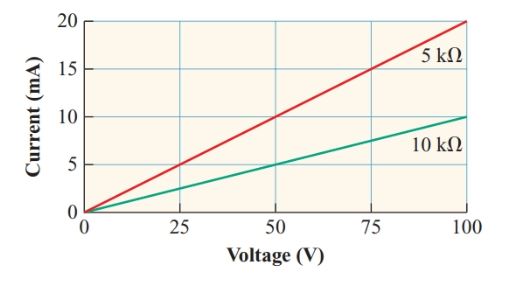
Metal wire is wound on a hollow porcelain tube and then coated with porcelain to keep it in place and prevent electrical leakage in wire-wound resistors. These resistors typically use constantan or other alloys with a nearly zero temperature coefficient.
The larger the size of a resistor, the more readily it can dissipate heat to the surrounding air, and hence the greater the power rating.
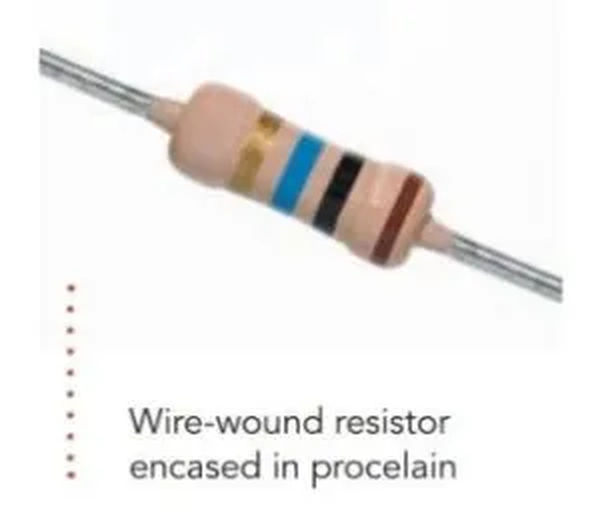
Many mass-produced, low-cost resistors have resistances that are 10% or higher off from their specified values.
While these resistors will work fine in many circuits, applications like measuring instruments need resistors with an accuracy of 1% or better. For the production of precision resistors, it is common practice to deposit a thin film of metal or carbon on a tiny ceramic cylinder and then connect the leads to the cylinder.
Before applying an insulating layer, the film can be etched to set the desired resistance.
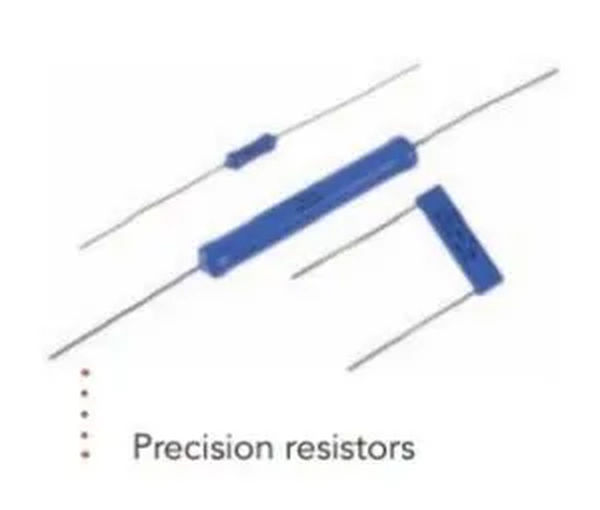
Resistors used in electronic devices usually have resistances greater than kilohms (a thousand ohms) and pass currents of only a few milliamperes.
When the power dissipated by the resistor is less than 2 W, a carbon-composition resistor is typically used. The resistance element is a cylinder of finely ground carbon bound together with an insulating binder (typically phenolic) and a wire lead embedded in each end. Next, a plastic sheath is molded around the resistance element and sealed.
The resistance is dependent on the length and width of the cylinder, the amount of carbon present in the mixture, and the degree of compression applied to the mixture.
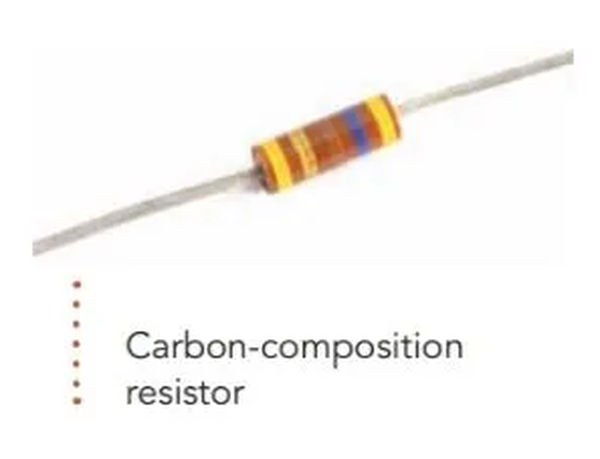
Although carbon-composition resistors are less expensive than wire-wound and film resistors, their resistance increases when the temperature deviates significantly from 20 degrees Celsius, as shown in Figure 2.
For moderate temperature variations, the resistance changes by only a few percents, so we can usually treat carbon-composition resistors as linear resistors.
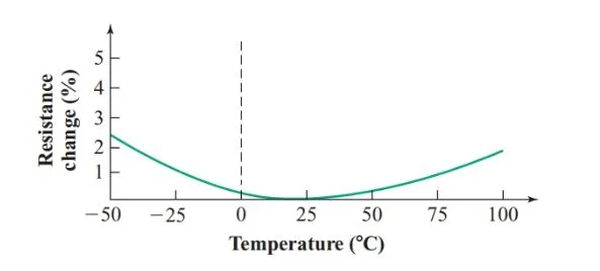
Ceramics of tin oxide and antimony bound with glass are used to create composition resistors. In circuits where the resistors must be able to withstand voltage or energy surges, ceramic-composition resistors shine.
Electronic devices that use integrated circuits (ICs) can be as simple as a network of resistors or as complex as a microprocessor with millions of tiny resistors and transistors. An integrated circuit “wafer” is a piece of extremely pure silicon.
Since pure silicon contains so few free charge carriers, it makes for a poor conductor. Tiny regions of silicon are diffused with carefully measured amounts of elements that supply free electrons, transforming the regions into highly conductive resistors.
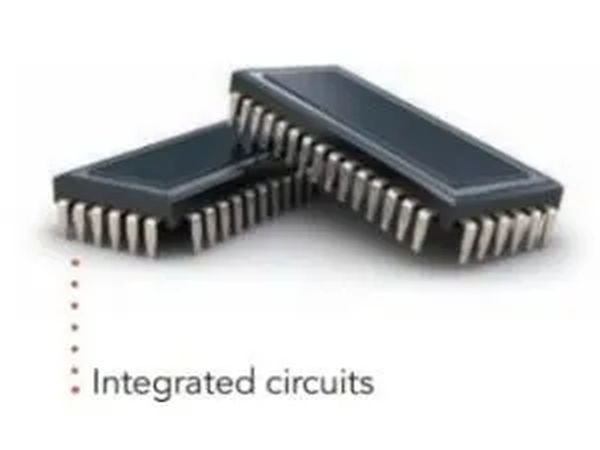
Nonlinear Resistors
Definition: The property exhibited by devices whose resistance does not change uniformly with changes in voltage or current.
Incandescent Lamp
When an incandescent light bulb is turned on, the tungsten filament rapidly increases in temperature and resistance.
The filament in a standard 60-watt 120-volt lamp has a resistance of 240 Ω when white hot, but only 18Ω when cooled to room temperature.
To put it another way, an incandescent light bulb is a nonlinear resistor. When a lamp is first turned on, it draws an inrush current that is exponentially higher than its steady-state draw.
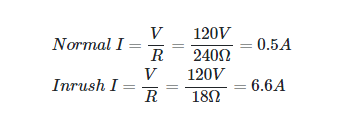
As luck would have it, the lamp filament is so light that it can reach a white heat in under a millisecond. So, as can be seen in Figure 3, the current peak won’t last long.
However, incandescent light bulbs necessitate switches that are built to withstand the high inrush current. Stove heating elements, for example, are typically crafted from an alloy with a very small temperature coefficient to prevent dangerously high inrush currents.
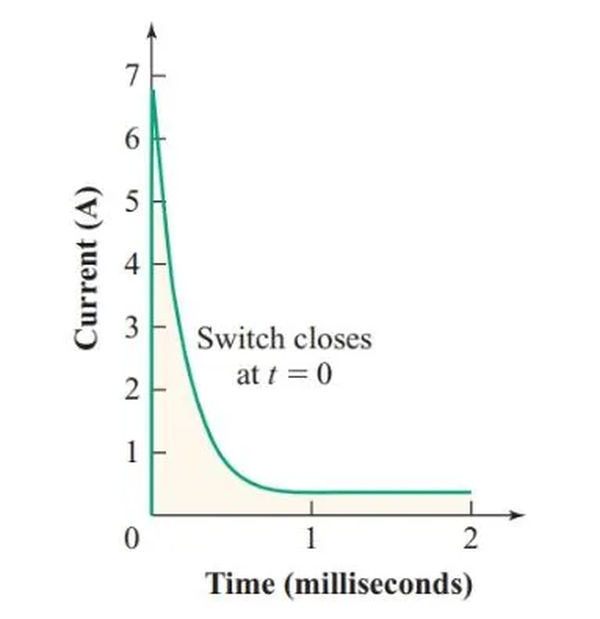
Figure 4 depicts the relationship between voltage and resistance for an incandescent light bulb.
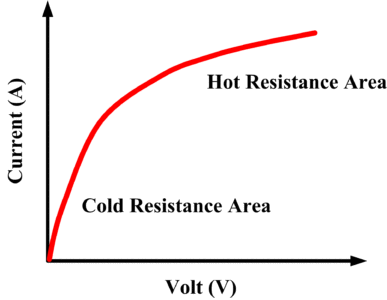
Thermistor
A resistor with a large negative temperature coefficient, called a thermistor, can be used to limit inrush currents.
Such thermistors typically have a resistance of over 100 at room temperature, but drop to less than 1 after 10–15 s when a current of 1 A is passed through them.
These thermistors use a ceramic binder to hold together semiconductive metal oxides. Current flowing through the resistor generates heat, which breaks covalent bonds in the metal oxides and frees up enough electrons to drastically lower the resistance from its value at room temperature.
Because their resistance increases by more than twice as much for every 20 degrees Celsius that the temperature drops, tiny thermistors are commonly used as temperature sensors.
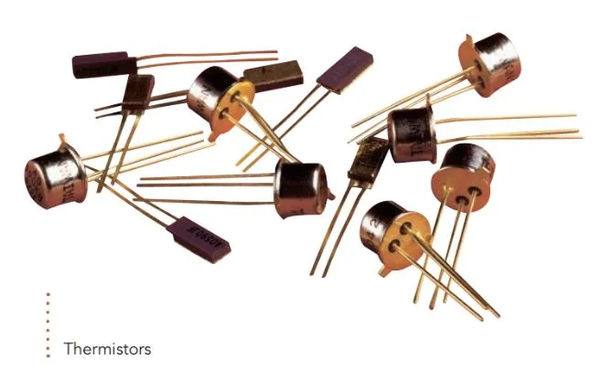
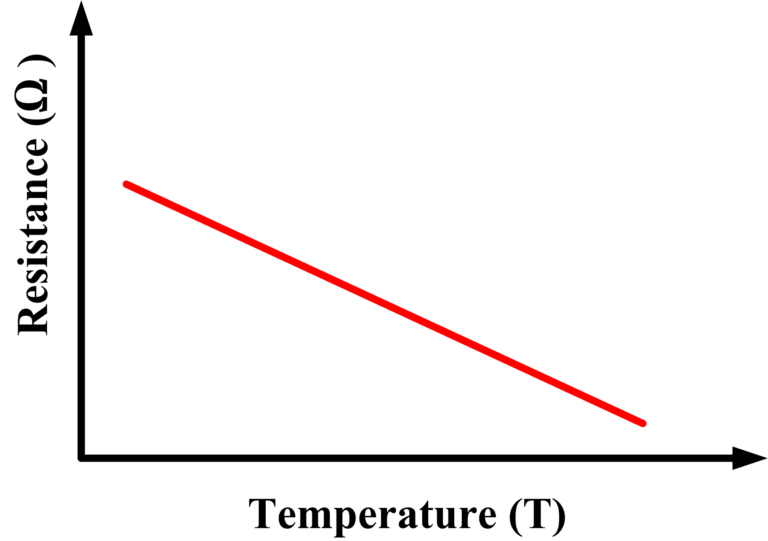
Varistor
Wafers of zinc oxide or silicon carbide crystals bonded with clay are used to create varistors because of their nonlinear resistance property.
Zinc oxide Varistors (also called metal-oxide Varistors or MOVs) are used to protect sensitive electronics from voltage surges.
Inorganic compound of silicon High-voltage systems can be shielded by varistors, also known by their trade name, thyrite. When installed on power lines, they act as lightning arrestors to prevent damage.
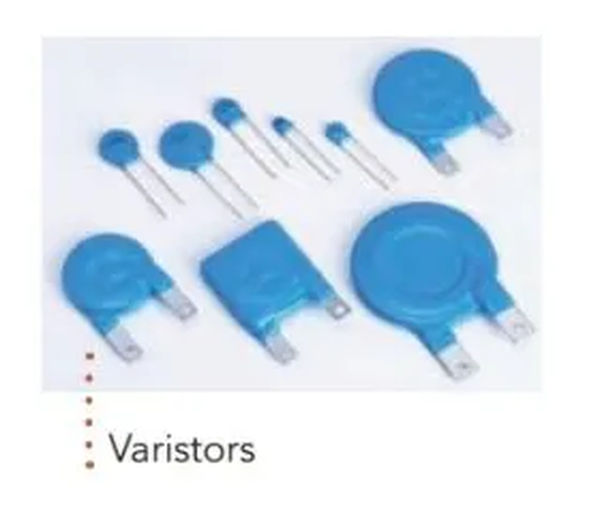
In general, a varistor’s resistance remains relatively constant regardless of temperature. Instead, when the potential difference across the varistor exceeds the threshold, the number of charge carriers rapidly increases. As can be seen in Figure 6, the resulting reduction in resistance allows for a large increase in current through the varistor without a corresponding increase in voltage drop across it.
Because of this, a varistor connected across the power input to a device can shield it from damaging voltage spikes.
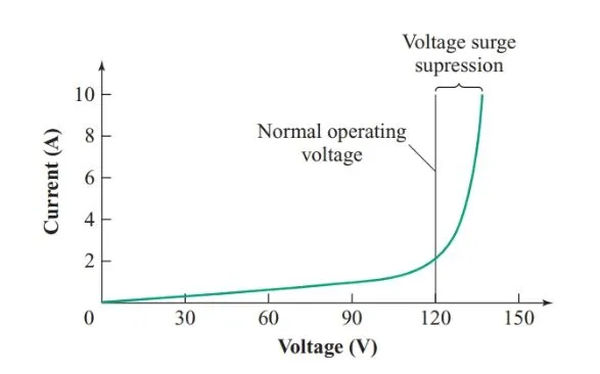
Photo-Resistor
A photoresistor, photoconductor, or light dependent resistor (LDR) contains a thin zigzag strip of cadmium sulfide or cadmium selenide.
When light hits the strip, valence bonds in the cadmium compound are shattered, releasing new charge carriers.
In the dark, the resistance can be in the hundreds of kiloohms, while in the light, it can drop to under 100 ohms. Light meters, auto-exposure circuits in cameras, and outdoor light controllers all make use of photoresistors.
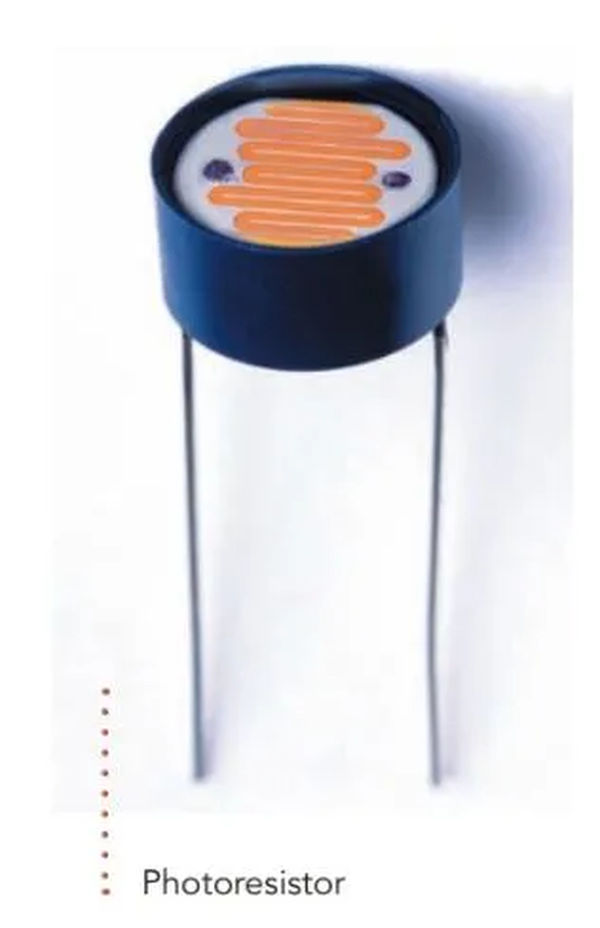
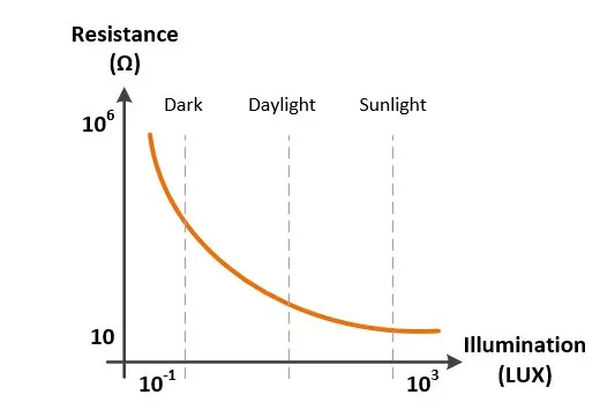
Semiconductors that are made to become more conductive at certain temperatures, or in the presence of light in the case of photoresistors, are used in all three types of “semi” devices. Table 1 displays the schematic representations of these nonlinear resistors.
